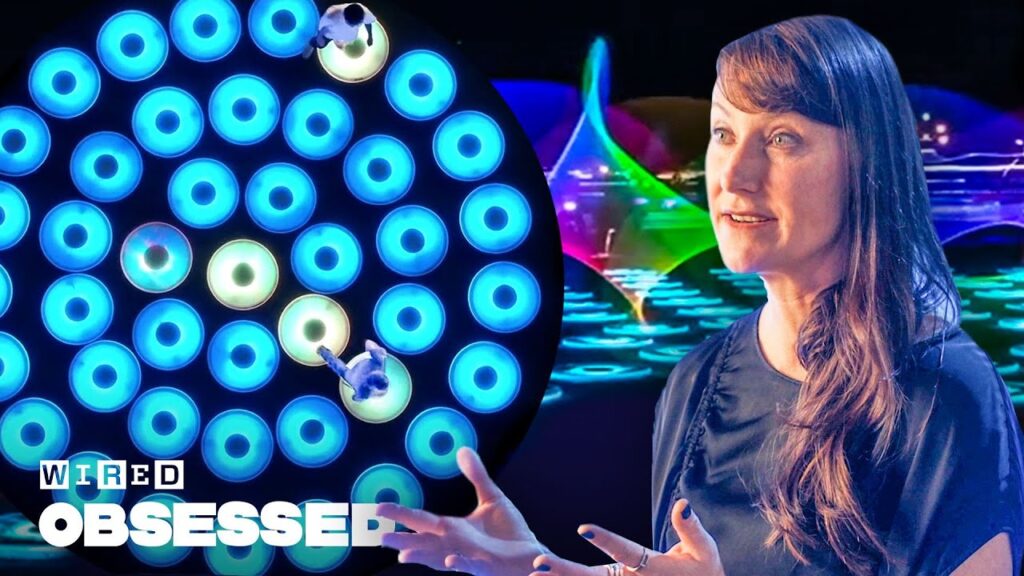The Matrix: A Thought-Provoking Take on AI and Simulated Reality
Summary
In this article, we explore the relevance of the Matrix movie in today’s world with the advancements in AI and VR. We delve into the simulation argument and substrate independence, which suggest that our reality could be a computer simulation. We discuss the premise of the Matrix movie and question who or what could have created our simulation if we do live in one. We also highlight the importance of developing AI systems that share human values and intentions to avoid existential risks.
Table of Contents
- The Simulation Argument
- Substrate Independence
- The Matrix Movie: A World of Simulated Reality
- Who Created Our Simulation?
- The Importance of Knowing the Truth
- Developing AI Systems with Human Values
The Simulation Argument
The simulation argument, proposed by futurist Nick Bostrom, suggests that as computing power and progress in AI grow, either humans will go extinct before entering a post-human phase, or we will be so evolved that we won’t be interested in running simulations. Alternatively, we could be living in a computer simulation. If this is true, it would mean that our reality is simulated in a computer, and our brains would be part of the simulation.
Substrate Independence
The idea of substrate independence suggests that consciousness can be implemented on other computational substrates, not just biological ones. This means that it is possible for a computer to simulate a conscious being, and for that being to be unaware that they are in a simulation.
The Matrix Movie: A World of Simulated Reality
The Matrix movie portrays a world where humans are used as a power source to run the computer-generated dream world, built to keep them under control. While the premise of humans as batteries seems unlikely, the idea of a simulated reality is still relevant and thought-provoking. The movie introduces a super intelligent AI program that created the Matrix, posing the question of who or what created our simulation if we do live in one.
Who Created Our Simulation?
The text suggests that any civilization that developed the technology to create realistic simulations with conscious creatures would also have the ability to enhance their own intelligence and build sophisticated forms of AI. The likeliest way for a civilization to gain the ability to create such simulations would be by developing greater forms of intelligence. The text also suggests that future civilizations might create simulations of their own past or potential alien civilizations.
The Importance of Knowing the Truth
The importance of knowing the truth in a simulated world is discussed. If we are living in a simulation, it could have implications for our understanding of reality and our place in the universe. It is important to approach the development of AI with caution to avoid existential risks.
Developing AI Systems with Human Values
The goal should be to design AI systems that share human values and intentions. This would ensure that AI systems are aligned with human interests and would reduce the likelihood of existential risks. The Matrix movie serves as a cautionary tale of the dangers of unchecked AI and the importance of designing AI systems with human values in mind.
Conclusion
The Matrix movie may have been released over two decades ago, but its relevance in today’s world cannot be ignored. As we continue to make advancements in AI and VR, the idea of a simulated reality becomes more thought-provoking. It is important to approach the development of AI with caution and to design AI systems that share human values and intentions to avoid existential risks.






